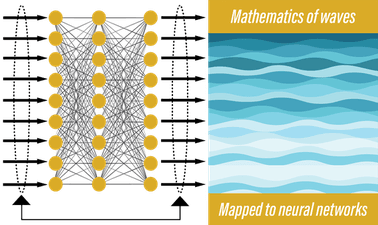EPFLx: Cavity Quantum Optomechanics
Fundamentals of optomechanics. Basic principles, recent developments and applications.

- Certification
- Certificate of completion
- Duration
- 6 weeks
- Price Value
- $ 169
- Difficulty Level
- Intermediate
Fundamentals of optomechanics. Basic principles, recent developments and applications.


Offered by EPFLx
Embark on an illuminating journey into the fascinating world of optomechanics with this comprehensive intermediate-level course offered by EPFLx. Optomechanics, the study of light-and-mechanical-systems-interaction, is a cutting-edge field that explores the intricate dance between light and mechanical systems, opening doors to groundbreaking applications in both fundamental physics and technological advancements.
This course, taught by a network of 14 experts from 12 renowned universities and 2 leading industries across Europe, delves deep into cavity-optomechanics-research. You'll gain a solid understanding of the theoretical foundations of optical resonators and mechanical resonators, unravel the new physics emerging from their interaction, and master the tools and techniques essential for designing optomechanical experiments.
Week 1: Introduction
Week 2: Optical and mechanical resonators
Week 3: Classical dynamics
Week 4: Quantum dynamics
Week 5: Quantum correlations
Week 6: Experimental methods
This comprehensive course will equip you with the knowledge and tools to contribute to the exciting field of optomechanics, positioning you at the forefront of cutting-edge research and technological innovation.
Explore more courses to enhance your cloud computing and Kubernetes skills.

This 9 week course aims to teach quantum mechanics to anyone with a reasonable college-level understanding of physical science or engineering. Quantum mechanics was once mostly of interest to physicists, chemists and other basic scientists. Now the concepts and techniques of quantum mechanics are essential in many areas of engineering and science such as materials science, nanotechnology, electronic devices, and photonics.
This course is a substantial introduction to quantum mechanics and how to use it. It is specifically designed to be accessible not only to physicists but also to students and technical professionals over a wide range of science and engineering backgrounds.

This course covers key topics in the use of quantum mechanics in many modern applications in science and technology, introduces core advanced concepts such as spin, identical particles, the quantum mechanics of light, the basics of quantum information, and the interpretation of quantum mechanics, and covers the major ways in which quantum mechanics is written and used in modern practice.

Learn the quantum mechanics needed to prepare you for the second quantum revolution (focused on quantum sensing). We use a new way to teach quantum for undergraduates by focusing on conceptual ideas and operator manipulations. This allows us to discuss more applications to experiment usually done. You need a background in the full calculus sequence and in math methods. Freshman physics and modern physics is recommended. This course is appropriate for physicists, chemists and engineers.

"Neurophotonics" is a cutting-edge interdisciplinary subject driven by the upsurge of "brain projects" in various countries around the world. However, there are currently few relevant monographs or courses in the world that provide a systematic introduction to this topic, making it difficult to meet the urgent need for interdisciplinary talents in brain science research. Since the fall semester of 2018, Tsinghua University has launched the "Neurophotonics" course for graduate students (or senior undergraduates) in optical engineering, biomedical engineering and other majors. It teaches relevant biological background, neural observation and regulation requirements Various optical technical means, etc., enhance students' interest in brain science research and strengthen relevant theoretical foundations and practical skills.

All around us, information is carried by waves of many kinds, like acoustic, electromagnetic, gravitational or probability waves. Enjoy this unifying view of all wave phenomena using neural networks to visualize the underlying mathematics.